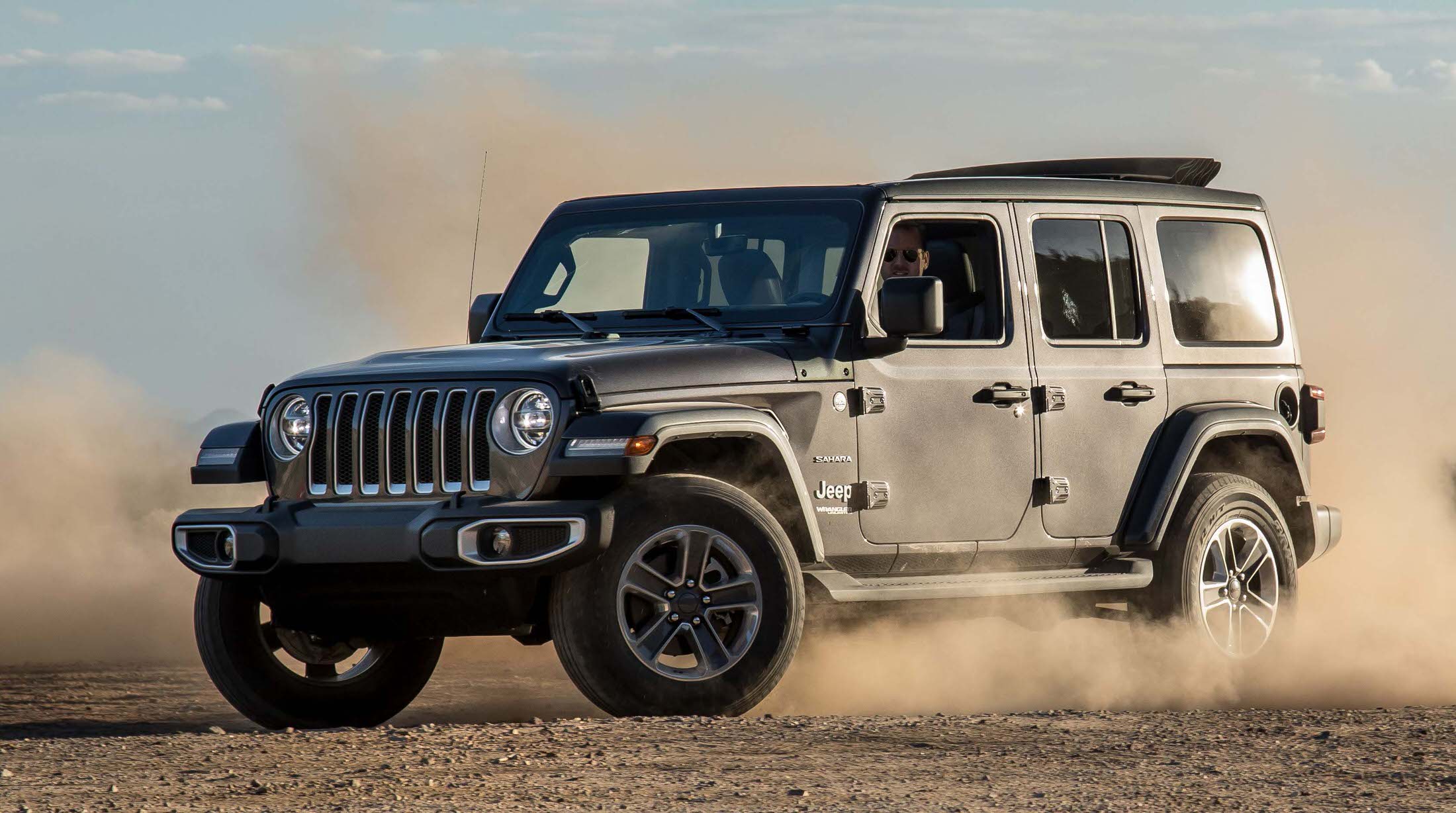
Which PPF Coverage is Best?
With so many options available, this is how to choose the best package for you.
Any auto enthusiast who spends time researching high-end cars or following automotive topics on social media has undoubtedly encountered references to Paint Protection Films (often known as a “Clear Bra”). In its most basic form, PPF is a clear wrap that protects a vehicle’s paint from mechanical and chemical damage. PPF is the only technology that is strong enough to protect against rock chips.
PPF has been around in various forms for decades, but recent developments have renewed the excitement of the automotive community. Older films were thick, not completely transparent, and would discolour as they age. Comparing old films to the new ones is like comparing the performance of a Model T with a Ferrari 488 – there’s simply no comparison.
Modern films are nearly invisible and pliable enough to conform to every curve of modern vehicles. PPF has increased in strength over the years and has even developed the futuristic capacity to heal itself. You will be amazed the first time you see scuffs and scrapes on modern films disappear before your eyes.
Which Vehicles Need PPF?
The nature of this question is entirely personal – but we can help you through the process. We think it’s best to consider two separate angles: how much do you love the look of your car, and how expensive would it be to fix paint damage.
Stone chips are inevitable, no matter how careful of a driver you are. For drivers that can’t bear the thought of chipped paint anywhere on their beloved vehicles, PPF is an easy solution.
Many high-end cars come with unique, expensive paint jobs. Pearlescent and metallic paints are more difficult for paint shops to colour match, making repairs more time-consuming and expensive. If your car has an expensive paint job, it just makes sense to protect it so you don’t have to go through the headache of getting it fixed.
Installing PPF on your car’s paint is the best way to preserve its finish and quality. The films take the damage so your paint doesn’t have to, and when it’s time for new films, they just peel away and the vehicle is ready for a new wrap.
Which Configuration is Best?
One of the main advantages of PPF is that it gives you the freedom to protect the areas you want to protect. An important note is that PPF does NOT protect your paint from UV fading, which is good news. That means that the paint underneath the PPF will fade at the exact same rate as the paint that is not covered with PPF, preventing any weird inconsistencies.
Side Entry: This is the minimalist package – perfect for families that are interested in maintaining the resale value of their vehicle without breaking the bank. This package includes door edges, handle inserts, and step sills.
Standard Package: This is the entry-level front-end package. Designed to protect areas that are most likely to get damaged during highway driving from kicked-up rocks or bug splatter. Coverage includes the front of the hood, front of the fenders, and side mirror body.
Premium Package: This option is a step up in coverage from the Standard Package. Perfect for people who drive their cars every day, especially if your commute involves a little bit of highway driving. Coverage includes everything in the Standard Package, plus the front bumper and headlamps.
Elite Package: This is the big kahuna. Anyone who spends significant time on the highway or ever finds themselves on a logging road will benefit from the total coverage offered in this package. Coverage is essentially the entire front of your vehicle: full hood, full fenders, full bumper, mirror bodies, and headlamps.
In addition to these packages, we offer tons of customization options – read about those here. Whatever your needs may be, we can help you find a solution to keep your vehicle in perfect shape. Get in touch anytime to ask questions or schedule an appointment.
